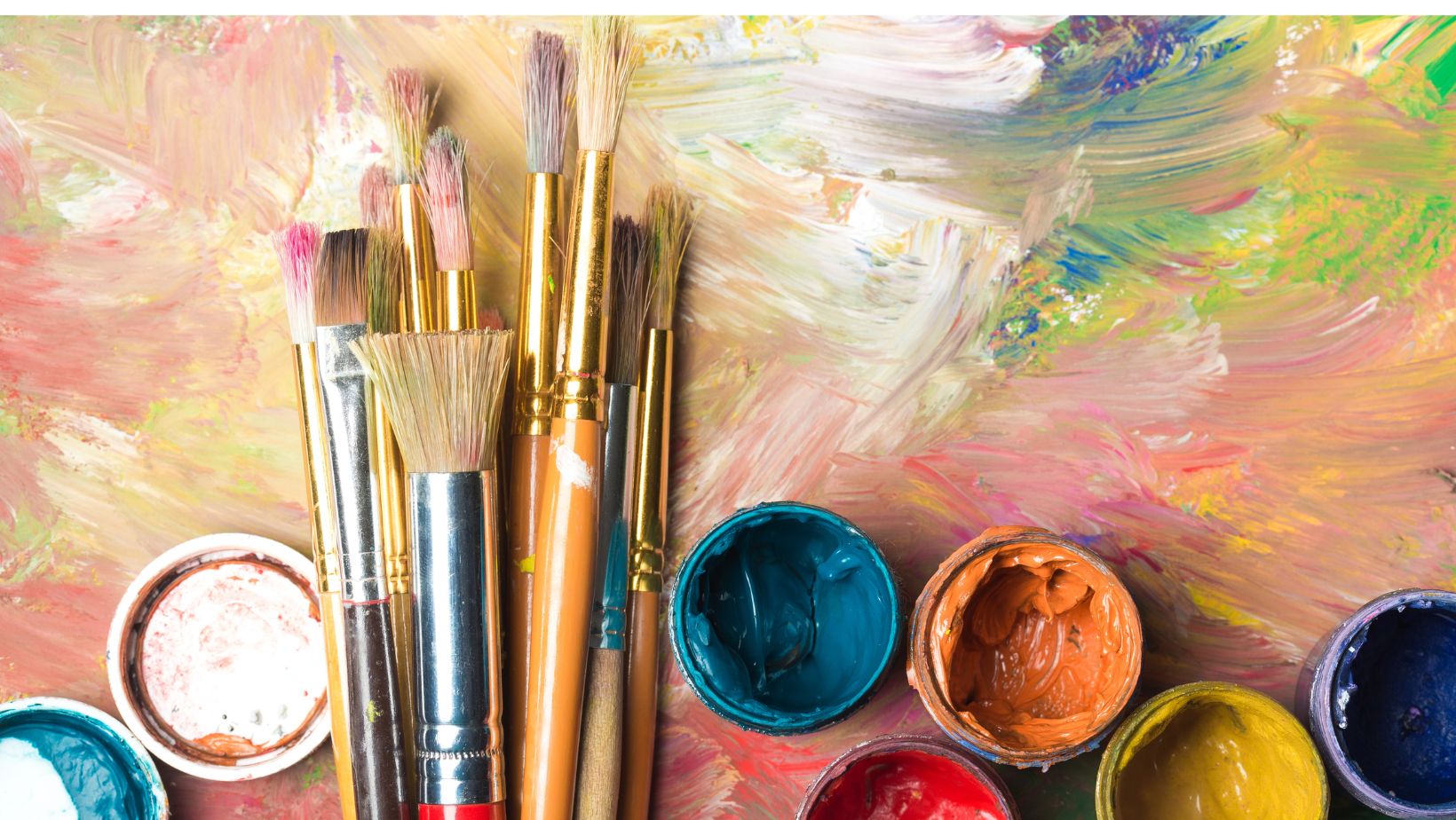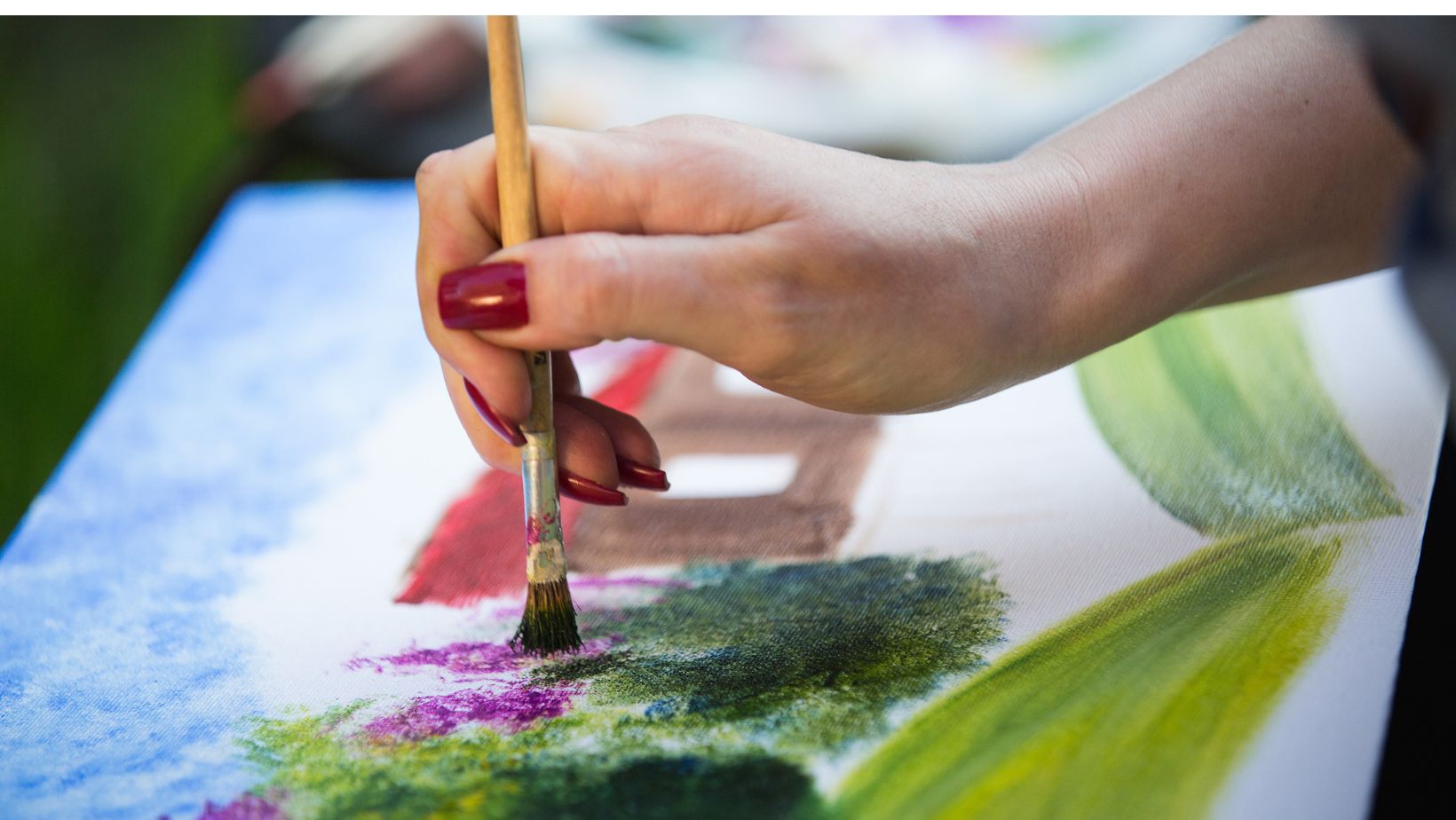Imagine waking up to a splash of golden rays dancing across your walls, instantly lifting your spirits. That’s the magic of sunshine painting—a vibrant trend that transforms dull spaces into cheerful havens. It’s not just about slapping on a coat of yellow; it’s an art form that infuses joy into every corner of your home.
Sunshine Painting
Sunshine painting transforms spaces by using vibrant colors, especially shades of yellow, to create an uplifting atmosphere. This art form focuses on harmonizing colors while enhancing natural light in a room. Bright tones evoke feelings of happiness and liveliness, making environments welcoming.
Technique involves selecting the right hues, keeping in mind the intended mood and aesthetic. Shades of yellow, for instance, can range from soft pastels to bold, citrusy tones. Incorporating these colors with complementary shades creates depth and interest in a design.
Application methods for sunshine painting vary from simple wall techniques to more intricate designs like murals. Wall treatments may include stenciling or sponging for added texture. Mural designs offer a personalized touch, allowing artists to express creativity uniquely.
Psychological effects of sunshine painting influence the overall vibe of a home. Studies show that warm colors can boost mood and energy levels. Art enthusiasts often choose sunshine painting to invite positive feelings into their living spaces.
This approach extends beyond just painting walls. Accessories, such as cushions and artwork, in sunny colors enhance the theme throughout the home. Each element works together to create an integrated design that radiates joy.
Sunshine painting can also adapt to various styles, from modern minimalism to bohemian. The flexibility of this technique allows homeowners to personalize their environments while keeping a cheerful ambiance alive. By strategically incorporating these elements, individuals can achieve a vibrant, sunny home that reflects their personality.
Techniques Used In Sunshine Painting
 Sunshine painting utilizes various techniques to effectively brighten spaces and create uplifting atmospheres. Below are the primary methods employed in this art form.
Sunshine painting utilizes various techniques to effectively brighten spaces and create uplifting atmospheres. Below are the primary methods employed in this art form.
Traditional Methods
Brush techniques are essential in traditional sunshine painting. Artists commonly use wide brushes for large surface areas, allowing for smooth, even application of vibrant colors. The color mixing process plays a pivotal role in achieving the perfect shade that conveys warmth and happiness. Stencils serve as an effective tool for creating patterns, enhancing visual interest with delicate designs. Additionally, sponging methods help achieve texture that captures natural light, making spaces feel more inviting.
Modern Approaches
In contrast, modern sunshine painting embraces technology for innovative results. Digital tools like graphic tablets enable artists to experiment with color palettes before applying them to walls. Spray painting offers a quick and versatile method, allowing for gradients and layered effects. Furthermore, projection techniques can visualize designs on walls prior to painting, facilitating precision in the application process. Mixed media approaches allow incorporation of other materials, adding depth and dimension that transforms traditional concepts into contemporary masterpieces.
Benefits Of Sunshine Painting
Sunshine painting offers numerous advantages, enhancing both living spaces and emotional well-being. This technique rejuvenates environments, combining colors and light for an uplifting experience.
Aesthetic Appeal
Bright colors, especially yellows, create a vibrant atmosphere. Spaces transformed with sunshine painting feel more inviting. Unique artistic expressions emerge through techniques like stenciling and sponging. Cheerful color palettes harmonize with furniture and accessories. Homeowners enjoy increased aesthetic value in each room, making spaces feel lively and personalized.
Psychological Effects
The use of sunshine painting positively impacts mood and energy levels. Warm colors stimulate feelings of happiness. Studies show that exposure to bright colors reduces stress and anxiety. Light-enhancing techniques create open and airy environments, inviting creativity. Homeowners experience improved overall well-being, fostering a positive atmosphere that promotes joy and relaxation.
Popular Artists And Their Contributions
Various artists have significantly shaped the sunshine painting movement. Claude Monet stands out with his mastery of color and light. His work, particularly in “Water Lilies,” captures the essence of vibrant hues, transforming the perception of natural scenes.
Another pivotal figure is Vincent van Gogh. His bold use of color in “Sunflowers” exemplifies how sunny shades can evoke emotion. Van Gogh’s technique merges intensity with cheerful palettes, inspiring contemporary artists to explore similar joyful expressions.
Georgia O’Keeffe also made substantial contributions. O’Keeffe’s large-scale flowers represent sunshine painting in a unique context. Her ability to convey warmth and vitality through floral imagery emphasizes nature’s role in enhancing space with color.
Contemporary artists have embraced sunshine painting as well. Artists like Daniel O’Connor incorporate modern methods into their vibrant designs. His murals, filled with bright yellows, aim to uplift urban environments, creating an inviting atmosphere.
Kara Walker’s work often features the interplay of light and shadow. Although she utilizes darker tones, elements of sunshine painting shine through in the juxtaposition of brightness against stark contrasts. This method creates a dialogue around the significance of light in art.
Each artist contributes distinct flavors to sunshine painting. They inspire others to experiment with bold color choices, embracing personal expressions of joy. Their diverse techniques highlight how sunshine painting represents a celebration of life through art.

